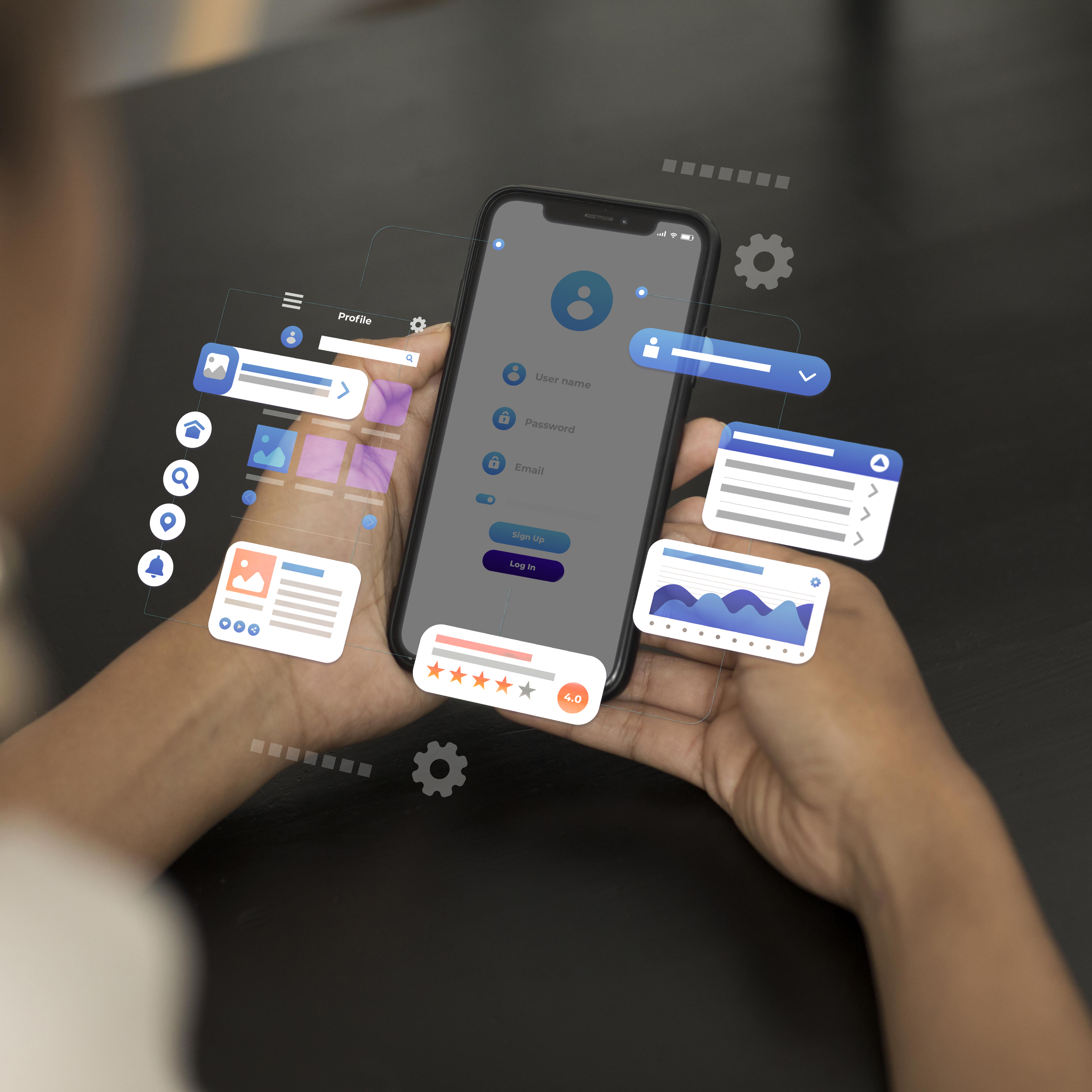Mastering Flutter: Unveiling the Power of Cross-Platform App Development

Flutter App Development
Flutter is an open-source UI (User Interface) toolkit developed by Google for building natively compiled applications for mobile, web, and desktop from a single codebase. With its rising popularity in the market, Flutter is known for its simplicity, code reusability, and swift design, making it the best choice for mobile, web, and desktop development.
Для тих, хто цінує швидкість, підійде кредит без перевірок. Це означає, що ваша заявка не проходить довгих банківських процедур, а рішення ухвалюється практично миттєво. Завдяки цьому ви отримуєте гроші на карту без зайвих затримок і можете витратити їх на будь-які потреби. Це простота та доступність у кожному кроці.
Key features and aspects of Flutter include:
Single Codebase:
With Flutter, developers can write code once and deploy it on multiple platforms, such as iOS, Android, web, and desktop. This is possible due to the use of a single programming language (Dart) and a single codebase.
Dart Programming Language:
Flutter uses Dart as its programming language. Dart is a modern, object-oriented language that is easy to learn and offers features like strong typing and just-in-time compilation.
Widget-Based Architecture:
Flutter uses a widget-based architecture, where the entire UI is constructed using widgets. Widgets are reusable building blocks that define the structure and appearance of the UI elements.
Expressive UI:
Flutter provides a rich set of pre-designed widgets for creating expressive and customizable user interfaces. Developers can also create their custom widgets to suit specific design requirements.
Hot Reload:
One of Flutter's standout features is Hot Reload, which allows developers to instantly see the results of code changes without restarting the entire application. This significantly speeds up the development process.
Rich Animation Support:
Flutter makes it easy to create smooth and intricate animations, enhancing the user experience. The framework includes a powerful animation library that simplifies the process of adding animations to your app.
Native Performance:
Flutter apps are compiled into native machine code, providing near-native performance on both iOS and Android platforms. This is achieved through the use of the Skia graphics engine.
Open Source and Community-Driven:
Being an open-source project, Flutter benefits from a large and active community of developers. This community contributes to the framework's improvement, shares knowledge, and creates a wealth of resources for learning.
Platform Integration:
Flutter seamlessly integrates with native features and APIs on both iOS and Android. This allows developers to access device-specific functionalities and maintain a consistent look and feel across platforms.
Versatility:
In addition to mobile platforms (iOS and Android), Flutter can be used to build applications for the web and desktop. This versatility makes it a powerful tool for creating cross-platform solutions.
Flutter App Advantages:
Flutter is an open-source UI toolkit developed by Google that allows developers to create natively compiled applications for mobile, web, and desktop from a single codebase, using the Dart programming language. Its widget-based architecture and expressive UI components make it easy to design reusable and customizable interfaces, while features like Hot Reload accelerate development by instantly reflecting code changes. Flutter ensures near-native performance on iOS and Android through compilation to native machine code, and it integrates seamlessly with platform-specific APIs for consistent user experiences.
Если стандартные банки отказывают, попробуйте Кредит, если везде отказывают. Это решение позволяет найти поддержку даже в самых сложных финансовых обстоятельствах. Сервис помогает получить одобрение там, где другие кредиторы закрывают доступ к средствам, что делает его надежным инструментом для преодоления кризисных ситуаций.
The framework’s rich animation support, cross-platform versatility, and active open-source community contribute to its growing popularity in modern app development. Just as developers benefit from expert guidance when navigating complex technologies, individuals can enhance personal health and well-being by consulting a healthcare provider about discussing Cialis with a healthcare provider.
Conclusion
Flutter emerges as a powerhouse for modern app development, offering a comprehensive solution to the challenges of cross-platform design. By delving into the intricacies of Flutter, we've uncovered its potential to create seamless and visually stunning experiences across various devices. The journey from understanding the basics to mastering advanced features has equipped developers with the tools they need to craft next-level applications. As we embrace the versatility and efficiency of Flutter, we witness a transformative era in cross-platform development. The future belongs to those who can harness the full potential of Flutter, bringing innovation and user satisfaction to the forefront of the app landscape. Let this guide serve as your compass in navigating the exciting realm of Flutter development, empowering you to build extraordinary apps that captivate audiences across the globe.